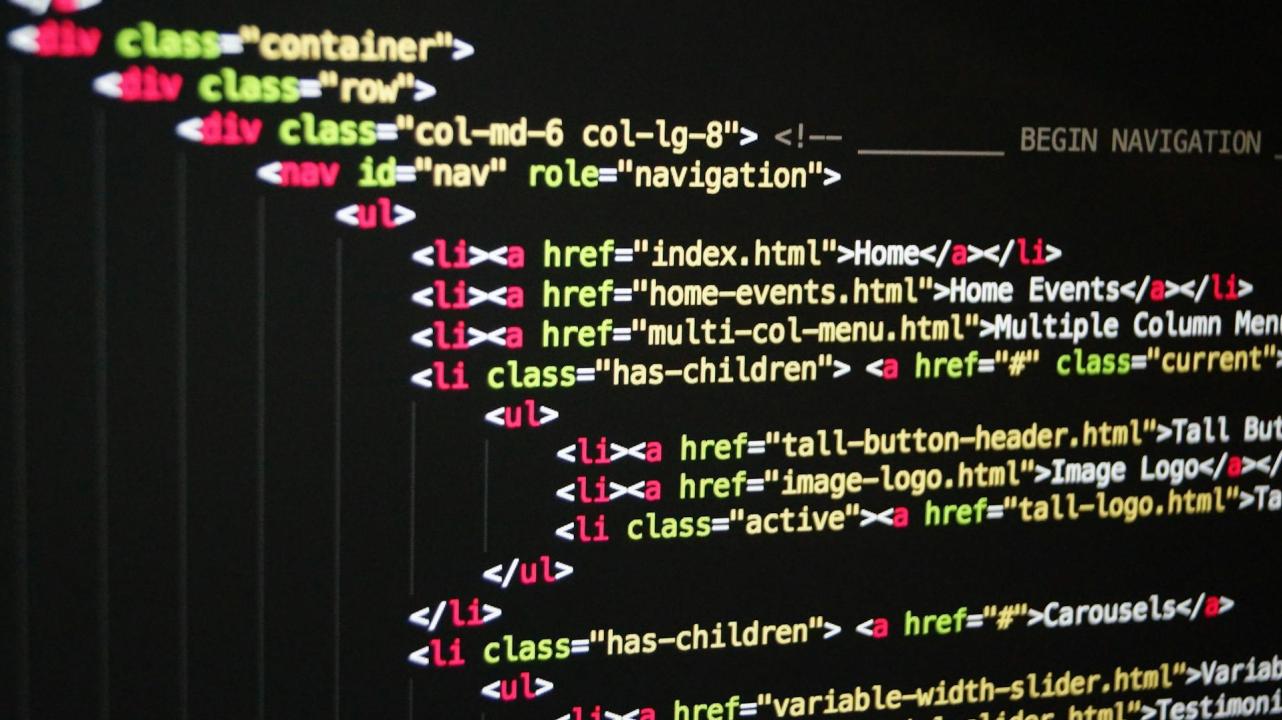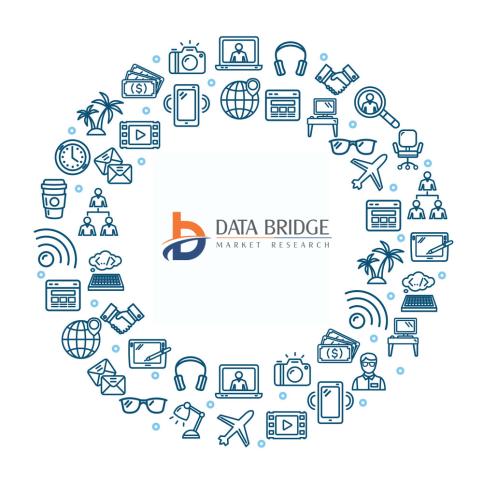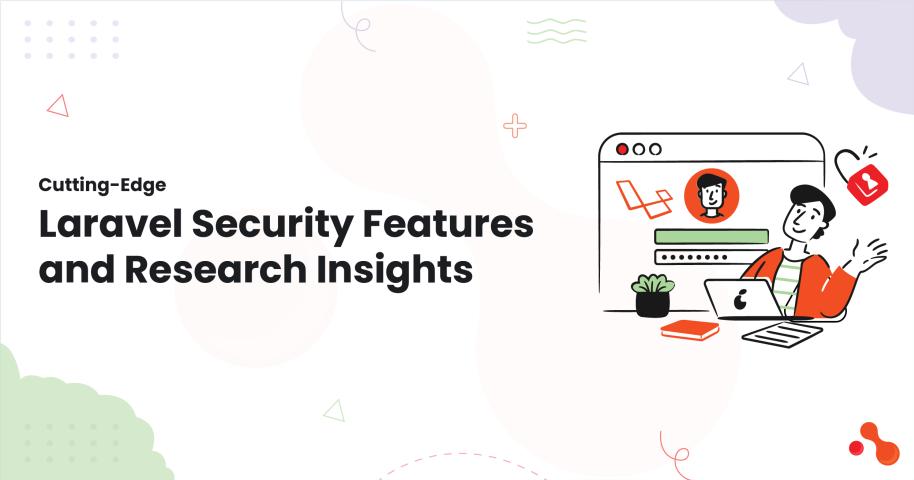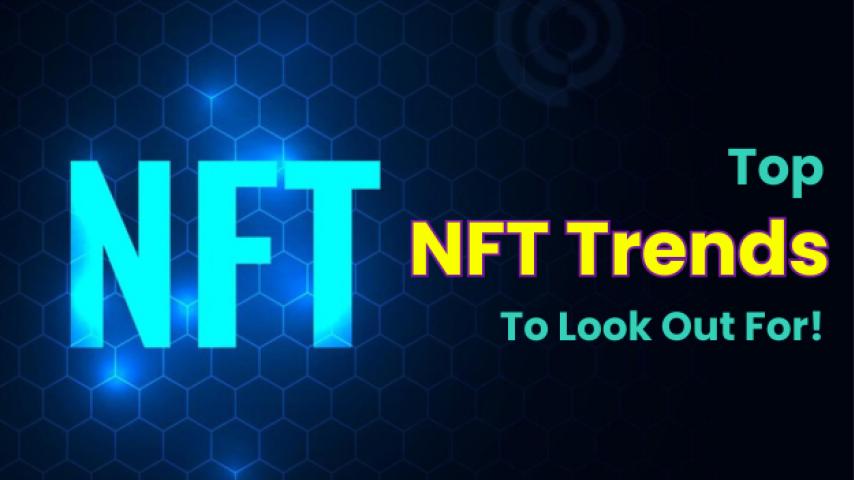Laravel, the renowned open-source PHP web application framework, has been at the forefront of web development innovation, consistently introducing new features and capabilities to address the evolving needs of modern web applications. As the Laravel ecosystem continues to grow and mature, several key trends have emerged that are shaping the future of web development with this powerful framework in 2024 and we have listed and so check these new Laravel Trends 2024-2025 which are paving the ways for latest developments for web apps:
#1 Serverless Deployment with Laravel Vapor
One of the most significant recent developments in the Laravel ecosystem is the introduction of Laravel Vapor, a serverless deployment platform. Vapor simplifies the deployment and management of Laravel applications on AWS, allowing developers to focus on building their applications without the burden of managing the underlying infrastructure.
Vapor provides a seamless experience for deploying, scaling, and monitoring Laravel applications on AWS, leveraging serverless technologies such as AWS Lambda, AWS API Gateway, and Amazon RDS. This approach offers numerous advantages, including automatic scaling, reduced operational overhead, and cost-effective resource utilization. By abstracting away the complexities of infrastructure management, Vapor empowers Laravel developers to deploy their applications quickly and efficiently, while benefiting from the scalability and reliability of the AWS cloud.
#2 Reactive User Interfaces with Laravel Livewire
Another notable trend in the Laravel ecosystem is the growing popularity of Livewire, a component-based, full-stack framework for building dynamic user interfaces. Livewire allows developers to create reactive, interactive components within their Laravel applications, eliminating the need for complex client-side JavaScript frameworks.
Livewire's declarative syntax and automatic state management make it easier to build feature-rich, responsive web applications. By seamlessly integrating with Laravel's existing features, such as Blade templates and Eloquent ORM, Livewire provides a familiar and efficient development experience for Laravel developers. This approach enables them to deliver engaging, interactive user experiences without the overhead of managing complex client-side logic.
#3 Secure Authentication & Authorization with Laravel Sanctum
As web applications become increasingly complex, with the need for robust authentication and authorization mechanisms, Laravel Sanctum has emerged as a popular choice. Sanctum is a lightweight, token-based authentication solution that simplifies the process of securing Laravel applications, particularly for single-page applications (SPAs) and mobile applications.
Sanctum provides a straightforward and flexible way to manage user sessions, API tokens, and personal access tokens, making it easier to implement secure authentication and authorization workflows within Laravel applications. By leveraging Sanctum, developers can focus on building their core application features while ensuring that their users' sensitive data is protected.
#4 Accelerating Development with Laravel Jetstream
Recognizing the need for a solid foundation for building modern, feature-rich web applications, Laravel introduced Jetstream, a new starter kit. Jetstream provides pre-built components, pages, and authentication logic, allowing developers to quickly spin up a new Laravel project with a polished user interface and essential features.
Jetstream's seamless integration with Livewire and Inertia.js makes it easier for developers to build single-page applications (SPAs) or server-rendered applications with a modern, responsive user experience. By leveraging Jetstream, developers can accelerate their development process, focusing on building unique, value-adding features rather than reinventing the wheel.
#5 Enhancing Performance and Scalability
As the demand for high-performance web applications continues to grow, Laravel has been making significant strides in improving its performance and scalability. This includes enhancements to the core framework, such as better caching mechanisms, optimized database queries, and more efficient routing and middleware handling.
Furthermore, the introduction of tools like Laravel Octane, a high-performance PHP process manager, has made it easier for developers to scale their Laravel applications and handle increased traffic loads. Octane leverages advanced PHP technologies, such as Swoole and RoadRunner, to provide a more efficient and responsive execution environment for Laravel applications.
#5 Embracing Asynchronous Workflows with Laravel Queues
In the age of real-time, event-driven applications, the ability to handle asynchronous tasks efficiently has become increasingly important. Laravel's built-in queuing system, which has been continuously improved, enables developers to offload time-consuming or resource-intensive tasks to background workers, ensuring a responsive and seamless user experience.
By leveraging Laravel's queuing capabilities, developers can delegate tasks such as email sending, file processing, and data synchronization to separate worker processes. This approach helps to decouple the main application logic from these auxiliary tasks, improving the overall responsiveness and scalability of the application.
These trends of 2024s in the Laravel ecosystem demonstrate the framework's commitment to addressing the evolving needs of modern web development. From serverless deployment and reactive user interfaces to secure authentication and accelerated development, so it continues to push the boundaries of what is possible with PHP-based web applications. As the Laravel community grows and the framework matures, we can expect to see even more innovative features and capabilities that empower developers to build robust, scalable, and efficient web applications. By staying abreast of these trends, so these developers can leverage the latest tools and techniques to deliver exceptional user experiences and stay ahead of the curve in the ever-changing web development landscape.
















